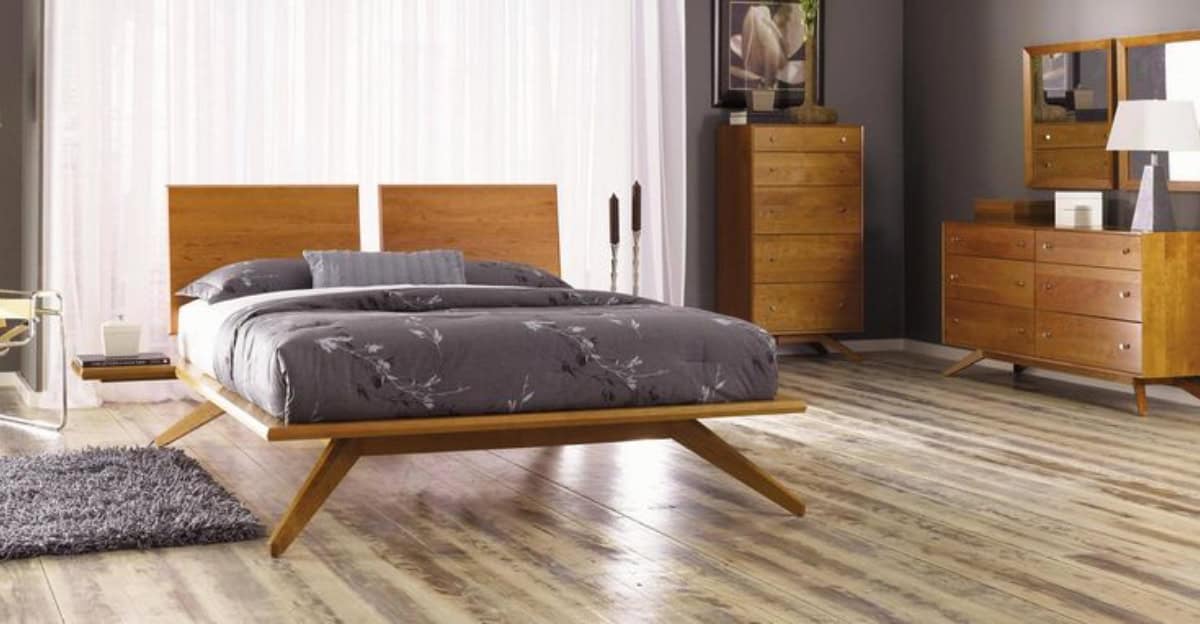Interior design is a field that constantly evolves, reflecting changing tastes and lifestyles. While some trends seem timeless, they too can fade away.
Here, we explore 5 interior design trends that were once considered evergreen but are now losing their charm.
1. Open Floor Plans
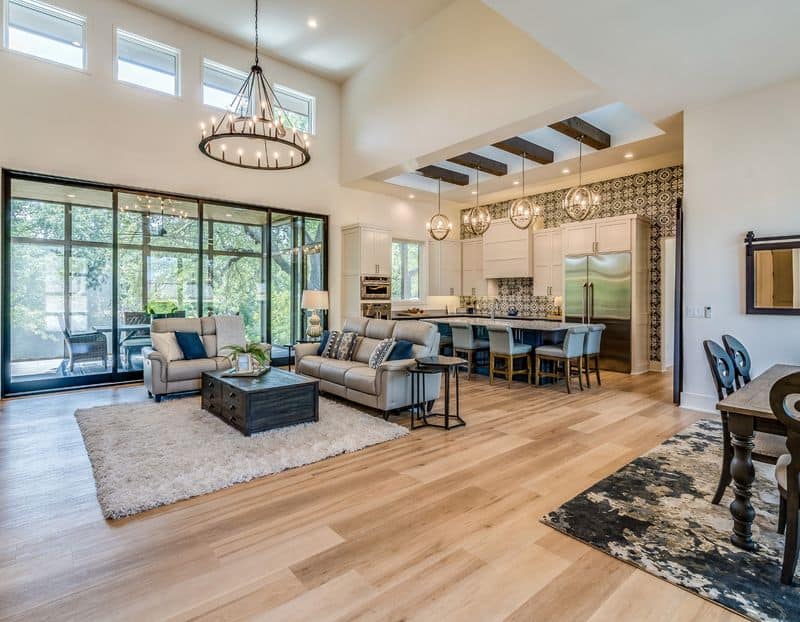
Open floor plans have been a hallmark of modern design, offering spaciousness and fluidity. However, the desire for privacy and defined spaces is leading to their decline.
Once celebrated for maximizing light and space, open layouts can feel impersonal and noisy. Homeowners now crave cozy, multi-functional rooms. Walls are making a comeback, offering separation and tranquility.
If you’re redesigning, consider blending open spaces with segmented areas to achieve a balance between openness and intimacy. Create zones with furniture arrangements or partial walls to maintain connection while providing privacy.
2. Gray and Greige Tones
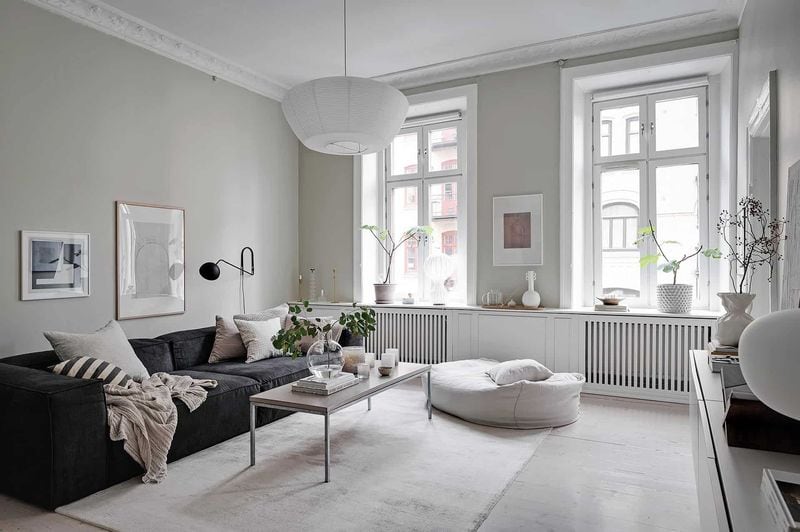
Gray and greige tones have dominated interiors, praised for their neutrality and sophistication. Yet, they can create cold, sterile environments lacking personality.
As people turn towards warmth and individuality, these hues are being replaced. Colors like warm beige, soft greens, and rich earth tones are gaining favor, adding life and comfort.
To update your space, experiment with color accents that reflect your style. Introduce textiles and accessories in warmer shades to transform gray-heavy rooms into inviting sanctuaries filled with character.
3. Minimalist Aesthetic
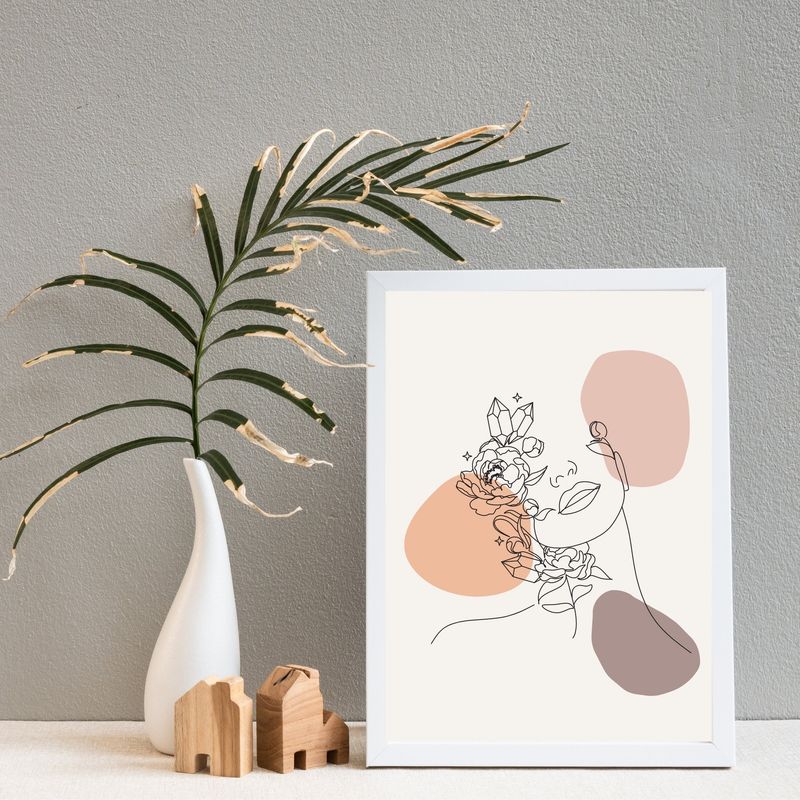
The minimalist aesthetic, characterized by simplicity and functionality, is waning as people seek more personalized spaces.
While minimalism offered relief from clutter, its starkness can feel impersonal. Homes are evolving towards eclectic styles that tell stories and reflect personalities.
Consider adding layers with textures, patterns, and curated collections. Mixing styles and eras brings warmth and uniqueness, transforming minimal spaces into homes with heart and soul while maintaining order and cohesion.
4. Shiplap Walls
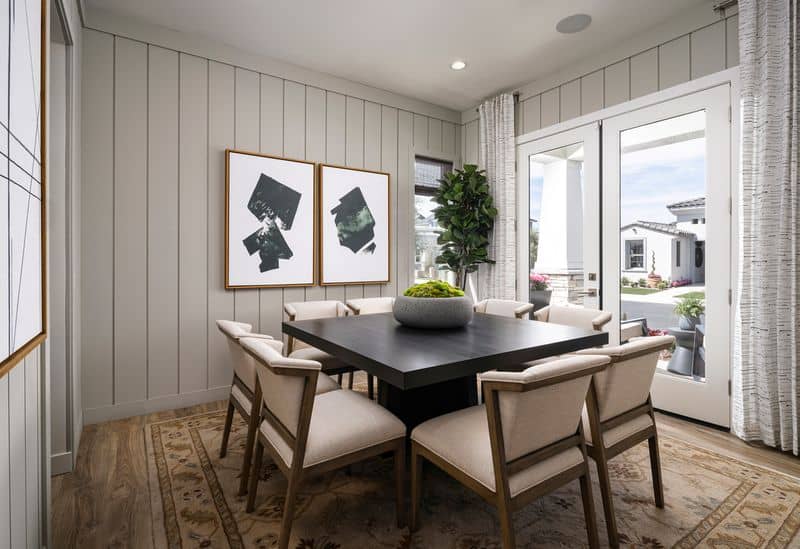
Shiplap walls, once a beloved farmhouse chic element, are facing a downturn. Their overuse has led to a loss of novelty and originality.
Initially popular for their texture and charm, they now feel cliché and overly rustic. As design shifts towards modern and sleek finishes, shiplap is seen as passé.
To revamp a shiplap-heavy space, consider smooth wall panels or bold wallpapers. Incorporate modern materials and clean lines to refresh the ambiance, moving away from rustic overtones to contemporary sophistication.
5. Mid-Century Modern Furniture
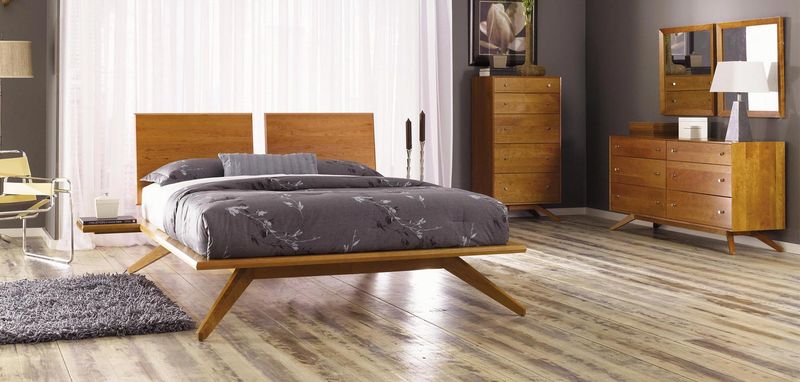
Mid-century modern furniture has seen a revival, celebrated for its sleek forms and functionality. Yet, its ubiquitous presence is leading to fatigue.
Once revered for elegance and simplicity, these pieces can make spaces feel like time capsules. Design is moving towards mixing eras and styles for dynamic interiors.
To refresh mid-century spaces, blend furniture styles. Introduce contemporary pieces that complement classic designs for balance. This approach maintains mid-century charm while updating rooms with modern flair, preventing them from feeling stuck in the past.

